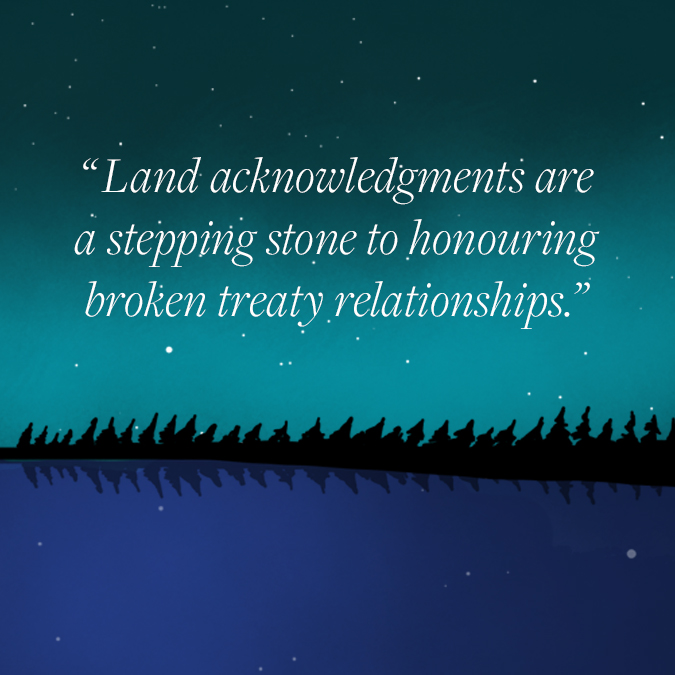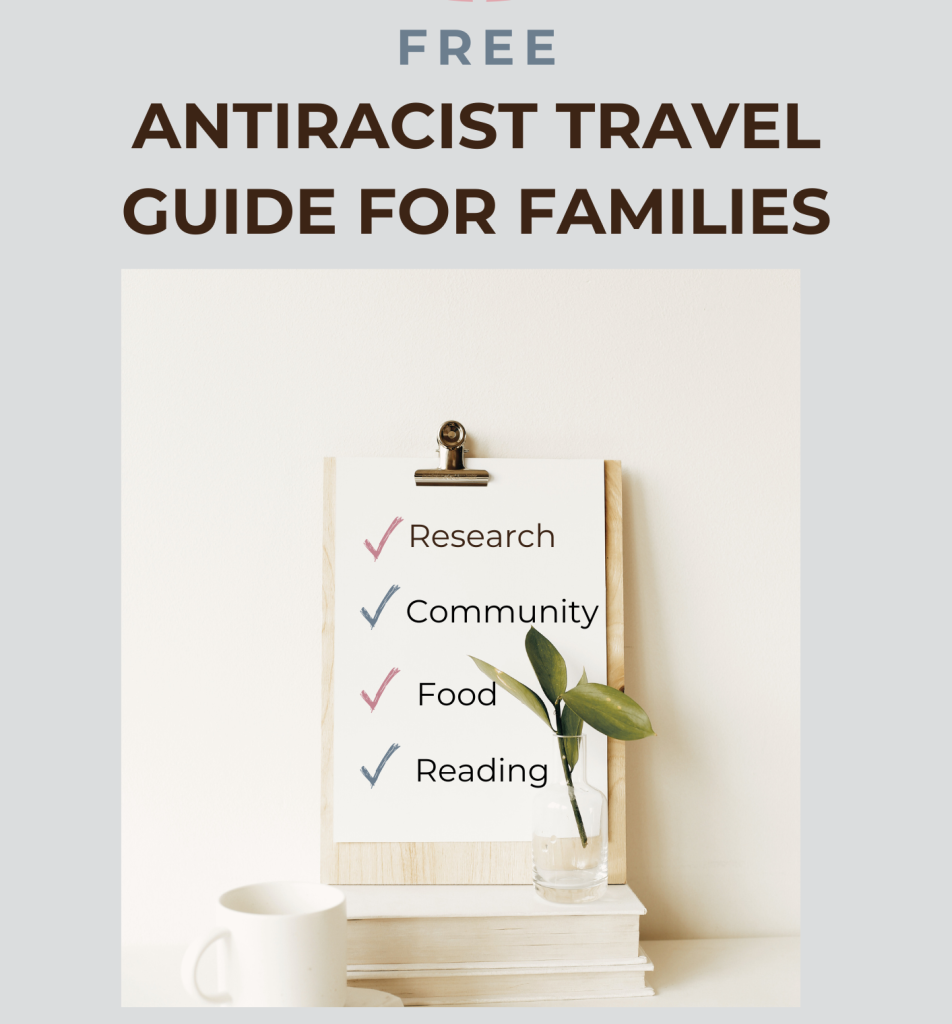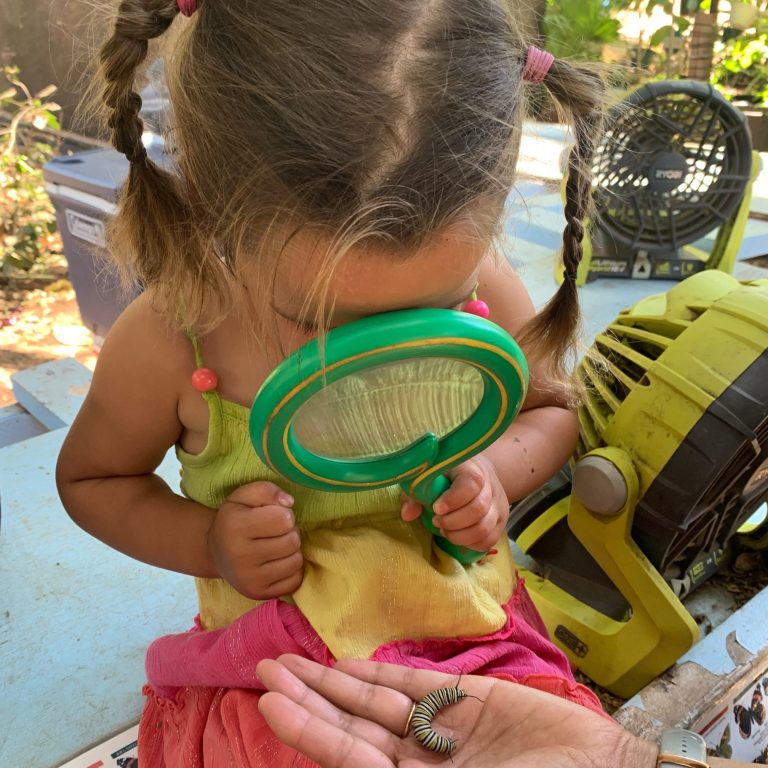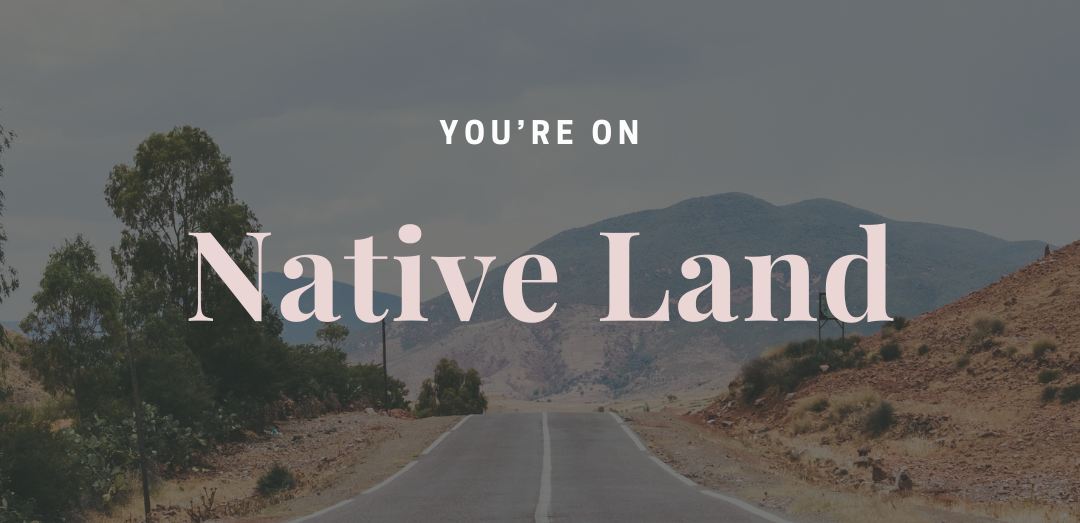
Why We Do Native Land Acknowledgements
Some of our readers have asked – what’s with the “land acknowledgements” and what does it mean?
A land acknowledgment is a simple and powerful way to pay respect to the Indigenous peoples in the land on which you are living, working, and/or traveling. It is a step toward correcting the stories and practices that erase Indigenous peoples’ history and culture and toward inviting and honoring the truth. In its simplest form, land acknowledgements specifically name the Native tribes and peoples whose land you occupy.
Because no matter where you go, you’re on Indigenous Land.
I don’t know about you, but I wasn’t taught much about Indigenous peoples in school as a child. I remember learning a little about the California missions and Columbus, and of course memorizing every song in Disney’s Pocahontas.
And I know I’m not alone – research shows that 27 states make no mention of Native Americans in their k-12 curriculum, and 87% of those that do make no mention of Native peoples after the 1900s. Due to this erasure, many people don’t believe Native Americans exist today.
we are on Native Land
And as a Native American woman, I’ve even experienced this first-hand. I’ve had people say, “Native Americans don’t even exist, I’ve never met one!” directly to my face.
I’ve also had people ask me the most ridiculous questions because they never learned anything about Native American people except what they see portrayed by Hollywood, which we all should know by now is a load of crap.
This misinformation and misrepresentation is a by-product of the systematic acts of colonizers to commit genocide against Native peoples. The U.S. government has a long lineage of policies to explicitly “kill the Indian, save the man.”
This legacy is sinister and still occurs to this day: removing Native Americans from their lands in order to extract natural resources for profit; kidnapping Native children and sending them to boarding schools to “civilize” them, or relocating them to cities to “assimilate” them; and requiring a “blood quantum” and federal registry to recognize them at all – all with the ultimate goal of erasing Indigenous peoples and their cultures and ultimately end the requirement to uphold treaty agreements.
But we are resilient. We are still here.
So how do we counter the erasure of our history, of our existence?
By taking extra effort to shed light on the truth.
Land acknowledgments are a first step at making Native Americans more visible. Imagine if this practice was widely adopted – if classrooms, businesses, and sporting events all made an effort to share the names of the Indigenous communities and tribal lands they were on – millions of people would be made aware of the presence of Native Americans around them
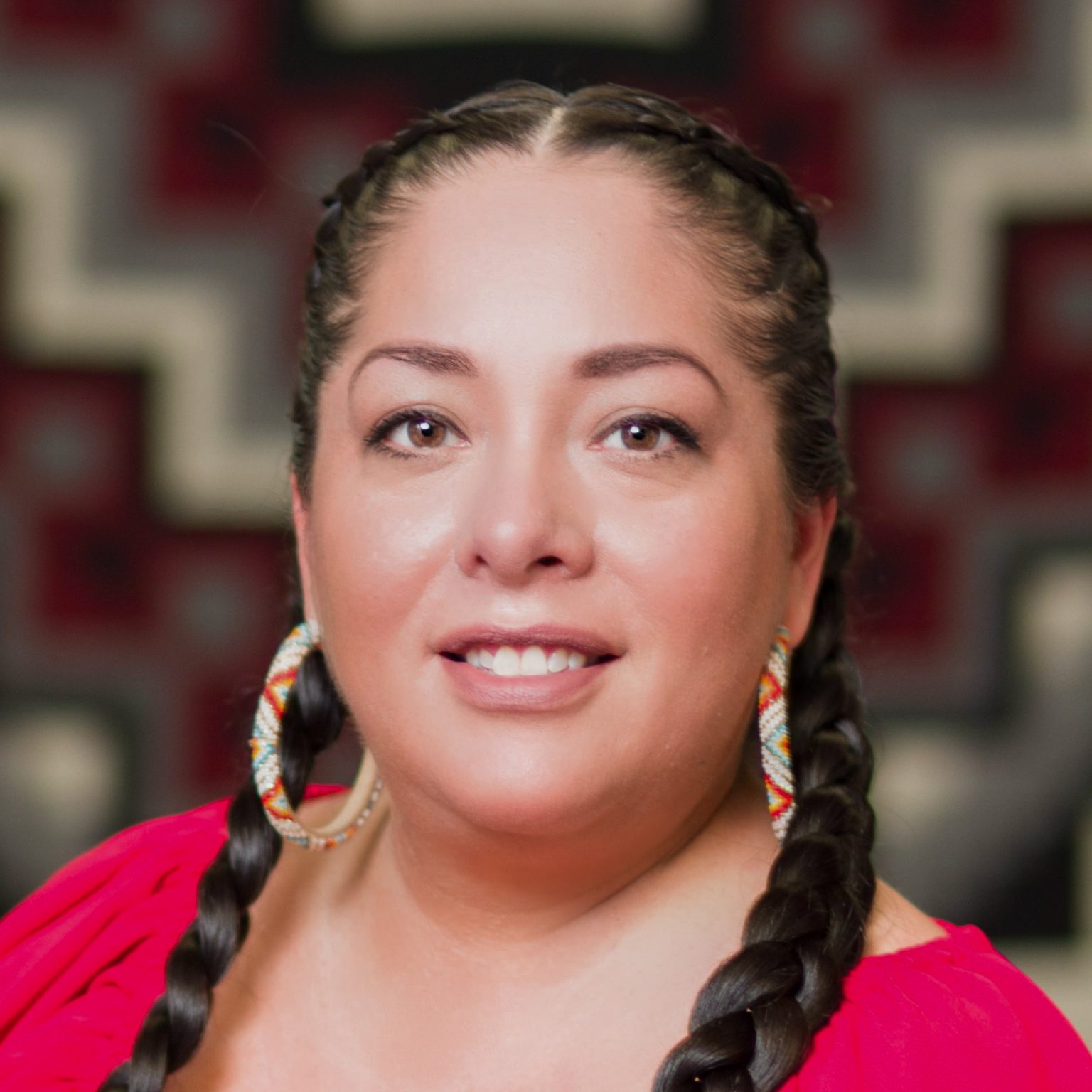
“One of the ways that there is a continuing genocide against American Indians/Alaska Natives is through data. When we are invisible in the data, we no longer exist.”
Storyteller, Poet, artist
Our Thoughts on Native Land Acknowledgements
and why it is important to consider when you travel with your kids
What it looks like
We acknowledge that we live and work in occupied Huchiun Ohlone territory, which has been stewarded by Lisjan Ohlone over thousands of years.
Consider why you are doing a land acknowledgement – don’t just check a box, do some research! In the Land Acknowledgement Guide by IllumiNatives you will find a list of ways to ensure your land acknowledgement is impactful, such as:
- Do your research well ahead of time – it takes time and multiple sources to ensure you have a full understanding of the land and its history
- Ensure your research is accurate
- Identify the specific tribe and Indigenous people to whom the land belongs and learn the traditional name of the land you are on. You can use Native Land Digital as a starting point
- Learn the name of the Indigenous people who currently steward the land you are on
- Learn the correct pronunciation of the name of the tribes, location, and any individuals who you mention as part of the acknowledgement
- Learn the history of the land and the actions and treaties that removed Native people from their traditional homelands
- Be honest when discussing the way in which Indigenous peoples were treated, and using accurate terms—like genocide, stolen land, or forced assimilation and removal—are helpful when educating others
Why this is important for us to do here
As a space by and for BIPOC families, one of our values is to work towards the liberation of all peoples through organizing, in addition to our personal acts and deeds. Land Acknowledgements are a small way for us to live out this value.
We hope this practice will aid our community members on their own paths of antiracist travel because it names and honors Indigenous tribal communities, and thanks them for allowing us to visit their land when we travel.
It also brings attention to the history of the places we’re visiting and pushes us to use our power to educate and organize for returning the land back to Indigenous hands.
Why this is important for our children
It is a simple way to model for our children that we value Native Americans, want to know this history and that we are curious, caring, and respectful. It can provide room to explore the history of the land and its people – a history which your children may not be learning about in school.
It helps our children go be critical of what they are taught (or not taught) in school, be curious, ask questions, and learn by the example YOU are leading.
It can be a conversation-starter to correct any misconceptions, and be a way to discuss Native Americans in the present tense.
What you can do
Although land acknowledgements are considered more common practice when you open events and ceremonies, it is still relevant to do something similar on a smaller scale before you travel with your family.
- Research who are the original inhabitants of the lands you are visiting. Find some historic facts to share with your family.
- How will you honor and respect them before you go or while you are there?
- What can you learn and discuss with your children before you embark on your trip?
- Ask your children about fairness, and be prepared to tell them about what the current situation is for the Native people of that region
Beyond the Land Acknowledgement
Land acknowledgments are the first step in repairing relationships with Native peoples and the land, and in illuminating the truths of Indigenous peoples. Ultimately, the goal is to grant land back to Indigenous hands, both from governmental and private landholders.
How else can you help?
- Dedicate space, time, and resources to learning from Native peoples and organizations.
- Donate money, time, and/or resources to Indigenous-run organizations working within your field and/or geographic region, especially the places in which you live, work, and visit.
- Support and encourage others to support Indigenous-led grassroots change movements and campaigns—especially movements that are tied to the land you occupy or are visiting.
- For my Bay Area neighbors, check out the Sorogrea ‘Te Land Trust and pay your Shuumi Tax.
In the end, Indigenous peoples around the world are on a healing journey, healing themselves from the trauma that has impacted their community for generations, and also healing the land – because we are all just guests living on mother earth (or Turtle Island if you’re in the US/Canada) – no one owns her.
As Selena Mills mentions in her blog, land acknowledgments are ‘not so much about focusing on the omission of belonging, and all of us having a right to a home, but rather about introducing non-Indigenous people to this land’s accurate confederate history and the importance of relationship to land despite the dominant worldview of owning the land.’
What is your relationship to the land? How are you giving back? Share in the comments below.
Want to learn more? Check out our reference links below and a video about honoring Native land. Enjoy!

